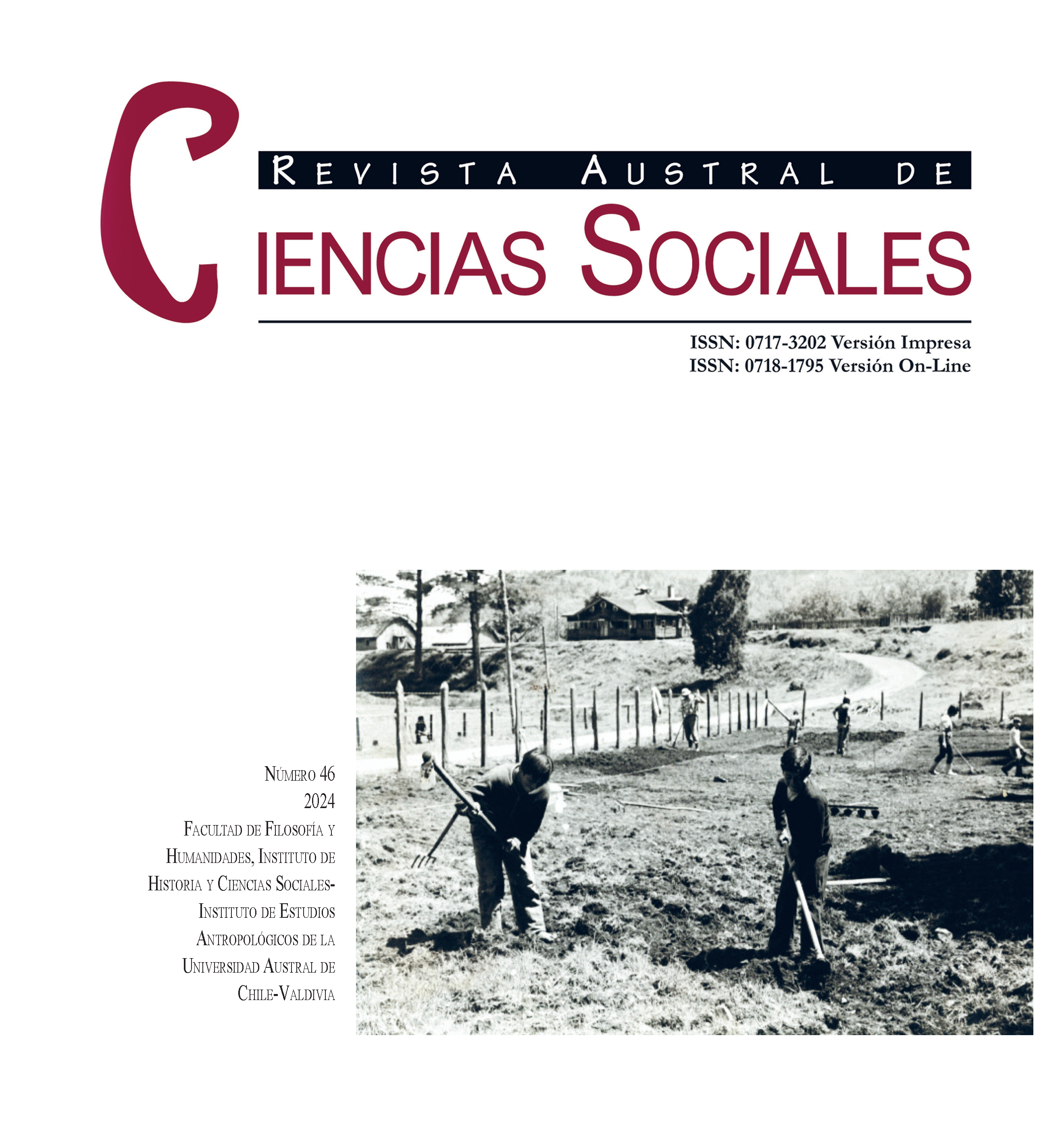Gender pay gap in Argentina (2019-2021). Changes and continuities in crisis contexts
Main Article Content
Abstract
The COVID-19 crisis meant the deepening of the indicators of inequality, poverty and precariousness, with women being one of the most affected groups, showing greater difficulties in entering and remaining in work and whose characteristics are usually low wages, flexibility and non-registration of their work activity. In this work we seek to approach such complexity by inquiring into the wage gap between men and women with the aim of determining its characteristics and variations taking the pandemic in 2020 as the axis and comparing its behaviour before (2019) and after (2021). To do this, we apply the Blinder-Oaxaca decomposition method to determine the factors to explain the wage differences. As a result, we point out that the gap grows during 2021 and that it is based on unobservable differences, reflecting the persistence of possible situations of gender discrimination in the labour market.


 https://orcid.org/0000-0002-6105-0461
https://orcid.org/0000-0002-6105-0461